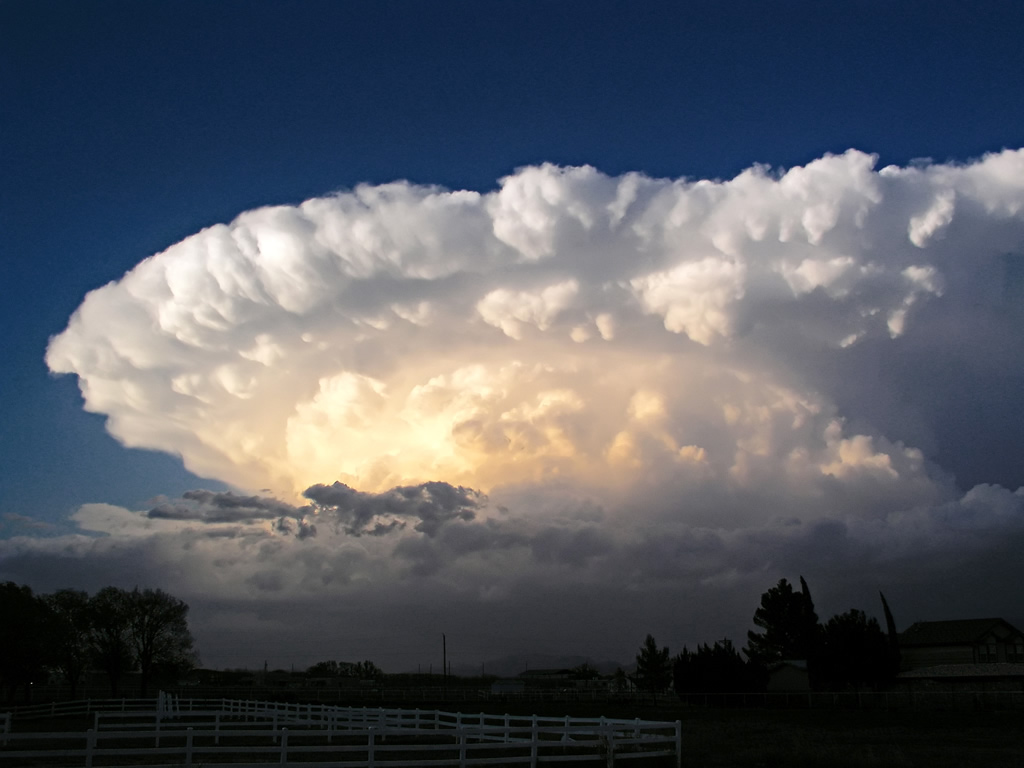by Gershon Distenfeld, AllianceBernstein
In a year when the US Federal Reserve caused jitters over quantitative easing, the US government endured a shutdown and investors shifted focus to equities, it’s no surprise that pure “duration-sensitive” bonds like US Treasuries had negative returns as interest rates spiked. But high yield emerged relatively unscathed, returning over 7% for the year.
How is that possible?
High yield has almost always come out ahead in rising-rate environments because as interest rates rise, economic conditions generally improve, which is a boon for credit sectors. The result: high yield isn’t as sensitive to rate increases as other bond sectors. Its main risk isn’t rates but weakening credit conditions—and credit fundamentals certainly aren’t weak right now.
My colleague Doug Peebles recently discussed the lessons the bond market learned in 2013. What lessons could we take from high yield in 2013?
1) The midyear sell-off wasn’t a reason to panic. High yield wasn’t immune to the fixed-income sell-off in May and June, falling 5% as many investors jumped ship. But the effect on high yield wasn’t as pronounced, and it recovered in four months. This wasn’t an anomaly—high-yield bonds have experienced drawdowns of more than 5% in eight of the last 20 years (display, below). With the exception of 2007, they recovered all of their losses in less than one year.
2) Time is on your side. While the “income” component of fixed income is an obvious draw for bond investors, they sometimes forget that yield-curve “roll”—the natural price gain a bond experiences as it moves closer to maturity—can be their friend. This is no exception with high-yield bonds. Over time, as a bond’s yield declines, its price rises. Although we expect rates to rise, income and roll can act as shock absorbers and could potentially help counteract some of the price impact over time.
3) High-yield bank loans were expected to beat out high-yield bonds last year—but they didn’t. Last year, investors who were convinced that high-yield bank loans would be the best bet in a rising-rate environment were surprised when high-yield bonds outperformed bank loans and other fixed-income sectors (display, below). This happened because, as mentioned, not only is high yield more immune to rising rates than other types of investments, but narrowing credit spreads and improving credit conditions also helped the sector weather the storm in 2013.
Historically, high yield has fared well in withstanding the type of market volatility we saw last year. So, as we move into 2014, we don’t think investors should focus on how rising rates may affect high yield. Instead, we think they should take a more thoughtful approach. This means they should not expect double-digit returns, nor should they reach for yield by buying triple-C bonds. At this point in the credit cycle, when concerns begin to develop disproportionally in lower-rated credits, investors are not getting compensated for taking this type of risk. Instead, investors should accept that single-digit returns are a realistic expectation in 2014. And in a relatively low-rate environment, we don’t think that’s a bad thing.
The views expressed herein do not constitute research, investment advice or trade recommendations and do not necessarily represent the views of all AllianceBernstein portfolio-management teams. AllianceBernstein Limited is authorised and regulated by the Financial Conduct Authority in the United Kingdom.
Gershon Distenfeld is Director of High-Yield Debt at AllianceBernstein (NYSE: AB).
















